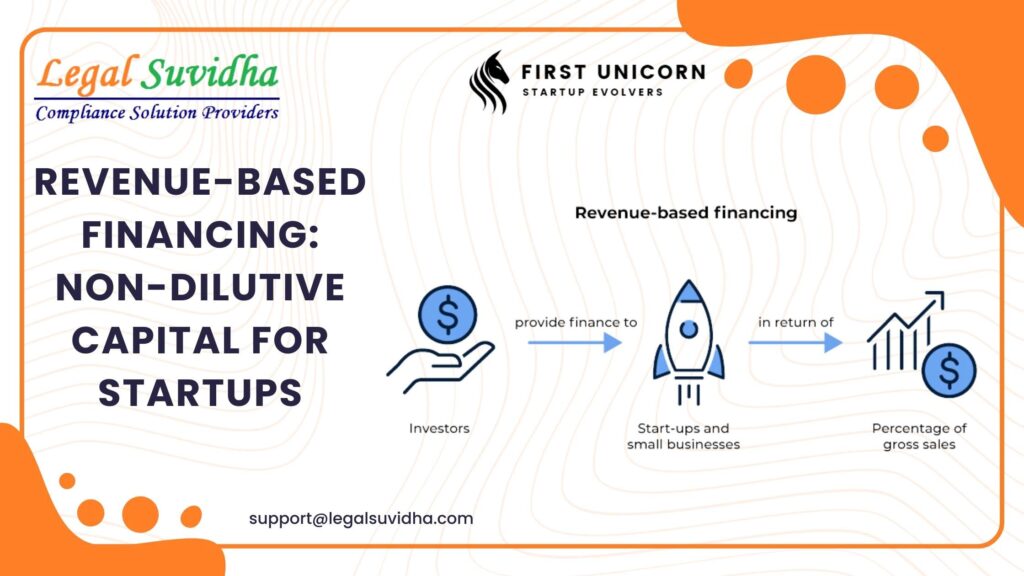Accelerators and Incubators Offering Funding in India
Accelerators and Incubators Offering Funding in India Introduction Accelerators and incubators play a crucial role in nurturing startups in India by providing funding, mentorship, networking opportunities, and resources. While they share a common goal of supporting startups, they differ in terms of the stage they assist, the services offered, and the engagement model. Here’s a […]
Accelerators and Incubators Offering Funding in India Read More »














